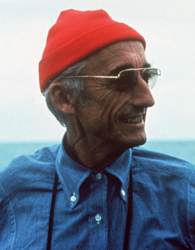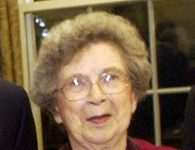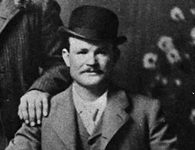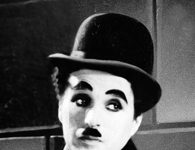Jacques Cousteau is known for developing the aqualung, the one-man submarine and an underwater village off Sudan. While a measure of controversy surrounds his environmentalist record, he will always be remembered for the documentaries that gave armchair explorers a window into the little-known world of the deep sea.
Jacques Cousteau’s Early Days
Jacques-Yves Cousteau was born on June 11, 1910, to Daniel and Elizabeth Cousteau in Saint-André-de-Cubzac, France. Though he not a healthy child, he swam often. “I loved touching water,” he recalled. “Physically. Sensually. Water fascinated me.”
At age 10, Cousteau spent a year in New York, where he popularized a new fad: two-wheeled European roller skates. Cousteau became interested in technology at an early age, building his own model crane at age 11 and a three-foot battery-operated car at age 13.
Expelled from high school for breaking 17 of its windows, Cousteau was sent to a private boarding school in Alsace, which taught him the discipline he badly needed. He went on to naval school and then the French Navy.
After a car accident injured both his arms, he could no longer be a pilot. Transferred to sea duty, he began swimming to strengthen his arms, and discovered a love for the ocean. In 1937, he married Simone Melchoir. They had two sons, Jean-Michel and Philippe.
Sources in this Story
- The New York Times: Jacques Cousteau, Oceans’ Impresario, Dies
- Time: Poet of the Depths
- Encyclopedia.com (Water: Science and Issues): Cousteau, Jacques
- Museum of Broadcast Communications: Cousteau, Jacques
- Salon: Jacques Cousteau’s “The Silent World”
- Cousteau Society: About Us
Cousteau’s Underwater Adventures
In 1939, Cousteau fought in World War II and spied on the Italian Navy; all the while, he continued his underwater explorations.
In 1943, Cousteau and Emile Gagnan, a French engineer, developed the demand regulator, which, when attached to the SCUBA (Self-Contained Underwater Oxygen Breathing Apparatus), allowed divers to dive more deeply and for longer periods. The combined equipment, dubbed “the aqualung,” was later used to locate and remove mines.
After the war, Cousteau purchased his oceanic research vessel, Calypso. He went on to produce more than 120 television films and more than fifty books. He received an Oscar and the first Palme D’Or at the Cannes Festival for his 1956 film “The Silent World,” based on the book of the same name.
Cousteau served as director of the Oceanographic Museum of Monaco for more than 30 years and spearheaded the Conshelf II project, an underwater village where seven men lived for at least a week.
In 1968, he produced a series for ABC called “The Undersea World of Jacques Cousteau.” Salon writer Greg Rubinson remembers “the funny little man with the funny little accent and the funny little red cap…showing me, via the safety of the television screen, what I dreaded seeing in person: sharks gathering for a feeding frenzy…[and] creepy translucent critters…”
In 1977, the United Nations awarded Cousteau the International Environmental Prize; in 1989, he was elected to the Académie Française. With the help of the Cousteau Society (which he founded in 1974) and Fondation Cousteau (later Equipe Cousteau), he used his fame to raise public awareness about the destruction of the Amazon, and gathered support to protect Antarctica and Alaska.
The Man and His Work
- “The Jacques Cousteau Odyssey: The Complete Series” (DVD)
- “Jacques Cousteau: River Explorations” (DVD)
- “The Human, the Orchid, and the Octopus: Exploring and Conserving Our Natural World,” by Jacques Cousteau and Susan Schiefelbein
The Rest of the Story
Jacques Cousteau died from a heart attack on June 25, 1997; he was 87.
In a film entitled “The Silent World Revisited,” Cousteau’s children return to the Red Sea, where their father’s original documentary was filmed.
In 1975, John Denver was inspired by his friendship with Jacques Cousteau, to write “Calypso,” a song named after Cousteau’s famous research vessel.
This article was originally written by Shannon Firth; it was updated May 19, 2017.











